Search the Special Collections and Archives Portal
Search Results

Photograph of a hotel room at the Flamingo Hilton (Las Vegas), circa 1983
Date
Description
A hotel room in the third tower of the Flamingo Hilton
Site Name: Flamingo Hotel and Casino
Address: 3555 Las Vegas Boulevard South
Image
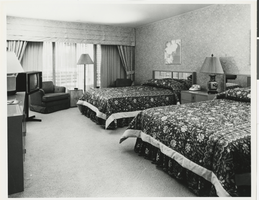
Photograph of a hotel room at the Flamingo Hilton (Las Vegas), circa 1983
Date
Description
A hotel room in the third tower of the Flamingo Hilton
Site Name: Flamingo Hotel and Casino
Address: 3555 Las Vegas Boulevard South
Image
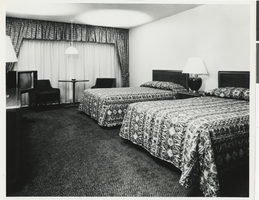
Photograph of a hotel room at the Flamingo Hilton (Las Vegas), circa 1983
Date
Description
A hotel room in the third tower of the Flamingo Hilton
Site Name: Flamingo Hotel and Casino
Address: 3555 Las Vegas Boulevard South
Image
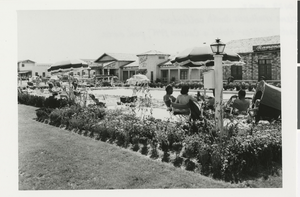
Photograph of the swimming pool at the Hotel Last Frontier, 1945
Date
Archival Collection
Description
A view of the pool and courtyard area of the Last Frontier Hotel and Casino. Signs for the 21 Club and Gay 90's Bar are also visible.
Site Name: Frontier
Address: 3120 Las Vegas Boulevard South
Image
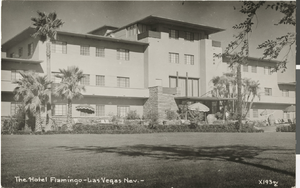
Postcard showing the courtyard side of the Flamingo Hotel (Las Vegas), circa 1960s
Date
Archival Collection
Description
View of the main building of the Flamingo from the courtyard area.
Site Name: Flamingo Hotel and Casino
Address: 3555 Las Vegas Boulevard South
Image
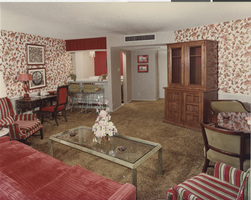
Photograph of a suite at the Frontier Hotel (Las Vegas), 1970s
Date
Archival Collection
Description
View of a suite at the Frontier Hotel. Stamp on back of photo: "Allen photographers."
Site Name: Frontier
Address: 3120 Las Vegas Boulevard South
Image
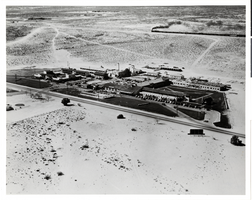
Aerial photograph of the Hotel Last Frontier, 1940s
Date
Archival Collection
Description
Aerial view of the Hotel Last Frontier with a Union Pacific train in the background
Site Name: Frontier
Address: 3120 Las Vegas Boulevard South
Image
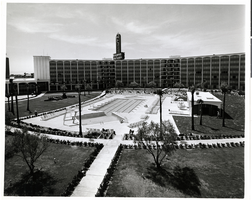
Photograph of the Hotel Frontier swimming pool area, 1967
Date
Archival Collection
Description
Swimming pool area of the Hotel Frontier, 1967
Site Name: Frontier
Address: 3120 Las Vegas Boulevard South
Image
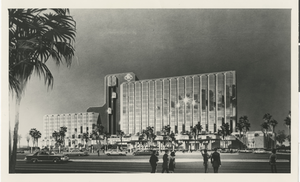
Photograph of an artist's rendering of the Desert Inn expansion, circa 1977
Date
Archival Collection
Description
Artist's rendering of the Desert Inn 14 story high-rise that was slated for completion in 1978.
Site Name: Desert Inn
Address: 3045 Las Vegas Boulevard South
Image
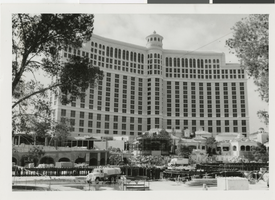
Photograph of the Bellagio under construction, circa 1998
Date
Archival Collection
Description
The Bellagio Hotel under construction. Stamped on original: "Las Vegas Convention and Visitors Authority. Credit Las Vegas News Bureau."
Site Name: Bellagio
Address: 3600 Las Vegas Boulevard South, Las Vegas, NV
Image
